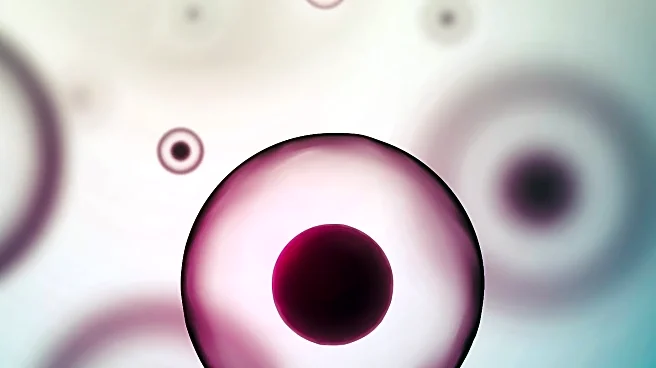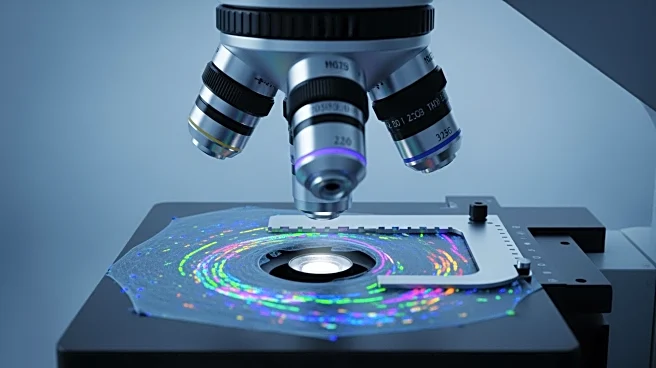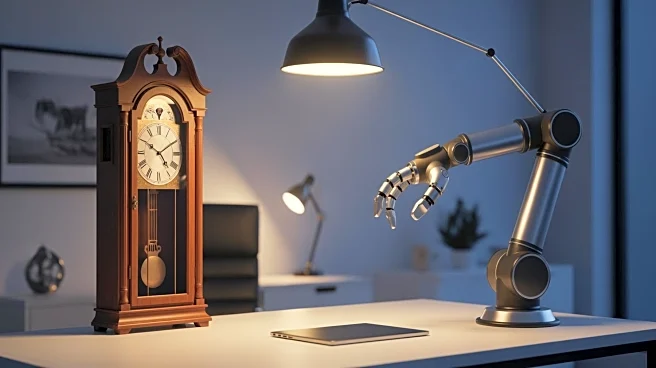What's Happening?
Recent developments in organ engineering have highlighted the complexity and challenges associated with creating artificial organs. The article discusses various biofabrication techniques essential for
organ manufacturing, such as 3D printing, which allows for the integration of heterogeneous cell types and materials to mimic native organ structures and functions. Techniques like extrusion-based printing, inkjet printing, and laser-assisted bioprinting are explored for their ability to create complex tissue constructs. The article emphasizes the importance of tuning material properties to facilitate successful organ fabrication, including mechanical strength, porosity, and cell adhesion. Additionally, the integration of neural networks into bioengineered organs is discussed as a critical component for functional tissue regeneration.
Why It's Important?
The advancements in organ engineering are significant for addressing the growing demand for organ transplants and the treatment of chronic diseases. By developing bioengineered organs with integrated neural networks, researchers aim to create more functional and physiologically relevant artificial organs. This could potentially reduce the reliance on donor organs and improve patient outcomes. The ability to fabricate complex organs like the liver, heart, and pancreas could revolutionize regenerative medicine and provide new solutions for organ failure. Furthermore, these techniques offer promising avenues for drug testing and disease modeling, enhancing our understanding of human biology and pathology.
What's Next?
Future research will likely focus on refining biofabrication techniques to improve the scalability and functionality of artificial organs. Efforts to integrate vascular and neural networks within bioengineered tissues will continue to be a priority, as these components are crucial for organ viability and function. Researchers may also explore the use of advanced imaging and assessment tools to evaluate the integration and performance of bioengineered organs in vivo. Collaboration between bioengineers, clinicians, and policymakers will be essential to translate these innovations into clinical applications and address regulatory challenges.
Beyond the Headlines
The ethical implications of organ engineering are profound, as they challenge traditional notions of life and medical treatment. The ability to create artificial organs raises questions about accessibility, equity, and the potential for human enhancement. Legal frameworks will need to evolve to address the ownership and use of bioengineered tissues. Culturally, these advancements may shift perceptions of health and the human body, influencing societal attitudes towards biotechnology and medical innovation.











